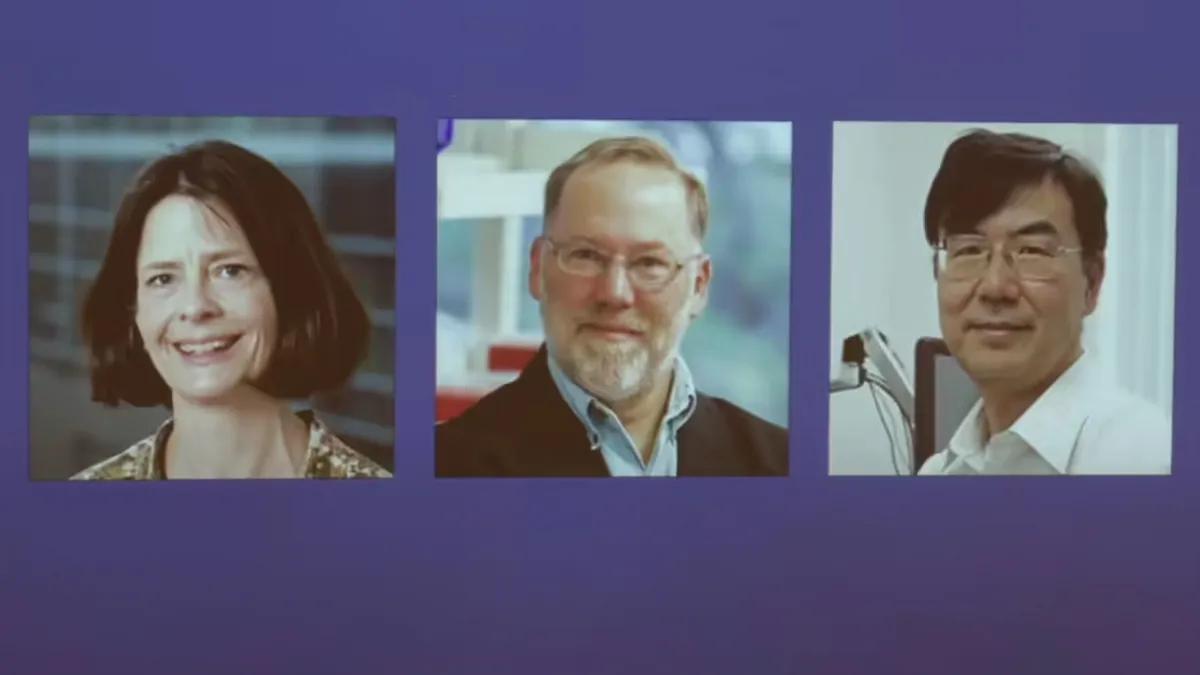
For the first time, medical science has reached a major milestone: the 2025 Nobel Prize in Physiology or Medicine has been given to a trio of scientists, Mary E. Brunkow, Fred Ramsdell, and Dr Shimon Sakaguchi, for their groundbreaking work, which showed how the immune system differentiates between injurious agents and normal cells of the body.
Table of Content:-
Their finding of the "peripheral immune tolerance" mechanism, with the contribution of regulatory T cells (Tregs), led to a complete redefinition of the nature of autoimmune diseases, to the understanding of the likes of Type 1 diabetes, rheumatoid arthritis, and lupus.
Nobel Prize in Medicine 2025 Winners List
Scientists were firmly of the opinion that the immune system was majorly governed by the events that take place inside the thymus, where T cells become trained to recognise and kill the destructive agents. However, some puzzling autoimmune reactions pointed to the existence of another, more complex regulator.
One of the first scientists to doubt this dogma was Dr Shimon Sakaguchi,from Japan. In 1995, he discovered in mice that there is a particular group of immune cells, regulatory T cells, which are the body's biological security guards who stop immune cells from attacking self-tissues.

Also Read: Cold Showers vs Warm Showers: Which One Is Better for Your Health?
At the same time, at the beginning of the 2000s, Mary E. Brunkow and Fred Ramsdell, two scientists from the US, found an important genetic association. They have found out through the study of mice with autoimmune diseases that the source of trouble was a mutation of the gene named Foxp3, which they argued to be the fundamental gene responsible for the proper functioning of the regulatory T cells.
Afterwards, Sakaguchi also linked their research to what he stated, that Foxp3 is the thing which aids in the creation and also the operation of regulatory T cells, ensuring that the immune system is not only balanced but also that it can be strong enough to fight off microorganisms and at the same time controlled enough not to injure the body.
Breakthrough of the Discovery
This discovery has widespread implications. The work of the three has brought about such breakthroughs as:
- New treatment of autoimmune disorders, through the facilitation or the re-establishment of regulatory T cell functions.
- More positive results in organ transplantation, due to immune tolerance.
- New cancer immune therapy, where immunosuppressed patients can take advantage of the immune system's autoregulation against cancer cells.
The discovery has been identified by many as one of the most significant breakthroughs in immunology in the last three decades, and its practical applications are already taking place all over clinical research and treatment.
Also Read: Expert Suggests Why Your Should Be Tracking Your Sleep As Much As You Track Your Steps?

A Shared Honour
The Nobel Assembly declared that Brunkow, Ramsdell, and Sakaguchi are the recipients of 11 million Swedish kronor in total (roughly $1.2 million) to be shared amongst them.
In the course of a press conference after the award ceremony, Sakaguchi shared, "The mystery of how the immune system, a design for our protection, was always turning against us has been the reason why I considered it only my life's work to try to understand that paradox."
They have not only had a lot of scientific knowledge as their glasses were clearer, but they have also brought a lot of hope to millions of patients who suffer from autoimmune diseases all over the world.
Also watch this video
Read Next
Nafisa Ali, ‘Life in a Metro’ Actor Restarts Her Chemotherapy to Fight Stage 4 Peritoneal Cancer
How we keep this article up to date:
We work with experts and keep a close eye on the latest in health and wellness. Whenever there is a new research or helpful information, we update our articles with accurate and useful advice.
Current Version
Oct 07, 2025 11:56 IST
Modified By : Tanya SrivastavaOct 07, 2025 11:56 IST
Modified By : Tanya SrivastavaOct 07, 2025 11:56 IST
Published By : Tanya Srivastava